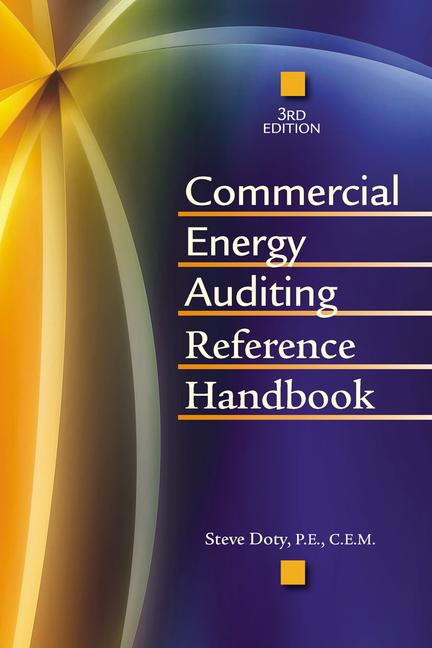Opportunity Emerges From The Blackout
As dependency on reliable electricity increases, backup power becomes more important. The August 2003 blackout reawakened interest in on-site power for supplying part of a customer's load (with the remainder coming from the local utility) while providing backup power during an outage. Modern DG systems and their designers have addressed such issues as emissions, noise, etc., through proper specification and design, but the real problem remains the high first cost of a DG system integrated into a building's energy infrastructure.Several firms now offer arrangements under which the DG system is installed and owned by a third-party project developer who sells on-site power to the building owner. That owner pays little or nothing for the installation work, and instead obtains a guaranteed savings (against his normal electric rate) or collects rent for the space occupied by the developer's system. The DG developer pays all fuel and maintenance costs, manages the system, and sells as much power (and possibly thermal energy) as the building owner and his tenants require (up to the capacity of his system). To ensure an acceptable return, the developer seeks a long-term (e.g., 10- to 20-year) contract.
If the building has tenants, the owner may continue to pass along the standard utility rates to them and keep the guaranteed savings (or extra rent for the space now occupied by the DG system) for himself. The owner thus makes money from space (such as on a rooftop, setback, or under a garage) that would otherwise have little value. Having backup generation is also a draw for tenants and a basis for charging higher rents, providing the owner with additional value at no cost to him.
So Where's The Downside?
A lot can happen during a 10- to 20-year contract, so it pays to examine all the possibilities.Some developers may design systems that tap into the building's condenser water system (i.e., cooling towers and pumps) to balance heat output from their generators. As a result, the building owner may be unwittingly providing free heat rejection services.
If the generators are on many hours of the year, the tower fans, pumps, etc., could consume more electricity than when serving only the building's own chillers, thus increasing the owner's utility bill. Significant increases in both tower makeup water usage and maintenance costs may also occur. If the tower is used as a waterside economizer during the winter, rejecting generator heat to it may limit the tower's "free cooling" capacity. Unless such increased operating costs are paid by the developer, the owner may find his utility bills rising more than the extra rent he gets from the developer.
Installation of a DG unit may also result in changes to the owner's electric rates. The electric utility may, for example, switch the customer to a rate that adds standby charges due to installation of the system.
A brief failure of the DG system may also result in imposition of a ratchet charge that could run for a year or more. If the building is served by a utility steam system (as exist in over 100 United States cities), that steam supplier may also have the right to change the owner's tariff due to a new (and competing) source of thermal energy. The steam supplier could, for example, add standby (or other) unanticipated charges.
Finally, taking power on site (instead of from the main grid) could raise power quality issues requiring new metering and monitoring. While new DG systems offer power quality as good or better than that provided by utilities, failure of a component could have unanticipated consequences on sensitive tenant office equipment (e.g., computers).
And, In This Corner...
These and other issues must be clearly covered in the contract so they don't later become subjects of litigation. And in what venue will such conflicts now be decided? Power generated on site that has not passed through a regulated utility delivery system may not be under jurisdiction of a state public utility commission. If so, the owner may lose whatever rights he would have had if that power was bought from a utility. In such cases, the contract may instead specify the American Arbitration Association as the arena for settling such matters.A variety of other issues arise under these new arrangements. For more details, go to www.energybuyer.org/decembertip2003.htm.ES



